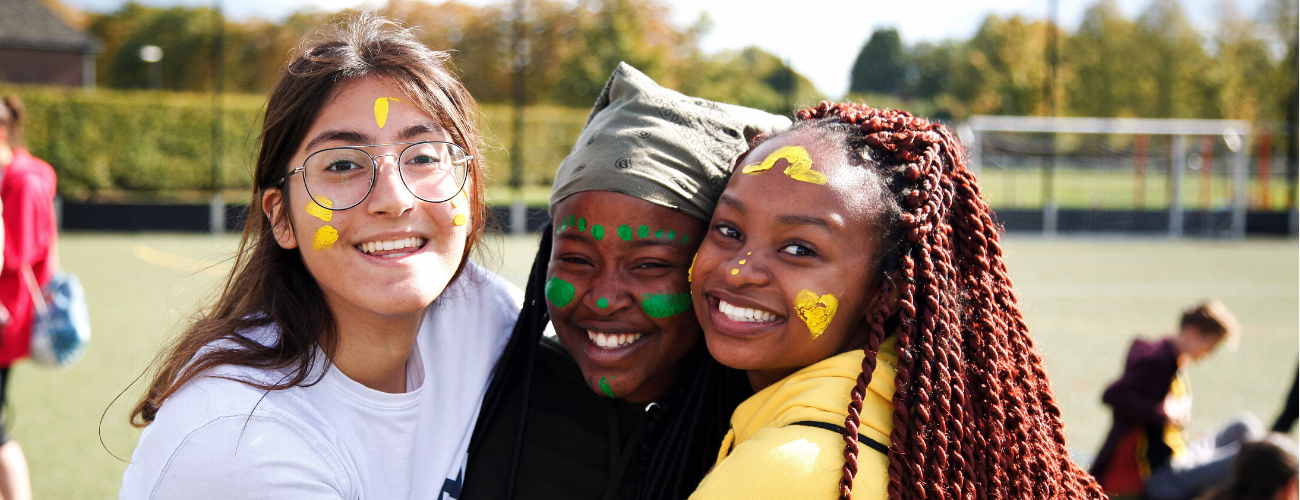
01 Jul UWC Maastricht for Female Empowerment
Education for girls is driving the economy to grow and makes maternal mortality rates drop. It creates a barrier for child marriage and turns out to be a social vaccine against HIV and malaria. Women who have gone to school can protect themselves and their children from malnutrition, deadly diseases, human trafficking and sexual exploitation.
Research in the light of the Sustainable Development Goals has proven that for especially women in the Middle East and Africa qualitative education would be a major step forward. As qualitative secondary education is too often beyond their reach.
It is therefore UWC Maastricht’s ambition to annually empower 10 girls from North Africa and the Middle East by offering them a place and (partial) scholarship. In order to offer these girls economic and political participation, entrepreneurship and freedom of choice, The Advancement Team is looking for powerful women who, through financial support, network and ambassadorship, want to make a case for them.
We would like this network to be about more than just financial support. We like to consider it as a platform for international and intergenerational debate. A network where students and representatives from companies and organisations inspire and motivate each other.
Would you like to know more? Do you have a valuable idea or experience to share? Get in touch with us via advancement@uwcmaastricht.nl
Other projects that we are currently working on:
Kopila Valley Talent Scholarship Fund
Each year we would like to offer one boy or girl from the Children’s home in rural Nepal the chance to come to UWC Maastricht for the DP programme. The Childrens’ home was founded by Maggie Doyne from the BlinkNow foundation. Nisha was the first student on this scholarship and graduated in 2018.
Featuring on this years’ World Press Photo is Mohamed Yousif from Sudan. We want to support him and his generation in their strive for a better an safe future. UWC would give him the skills and knowledge to do so.
Our building was the most sustainable school in the region when we moved in 2013. Together with students, parents and alumni we want to continue to reduce our carbon emissions by installing solar panels. At the same time, we also want to make our campus look greener by installing vertical gardens.


